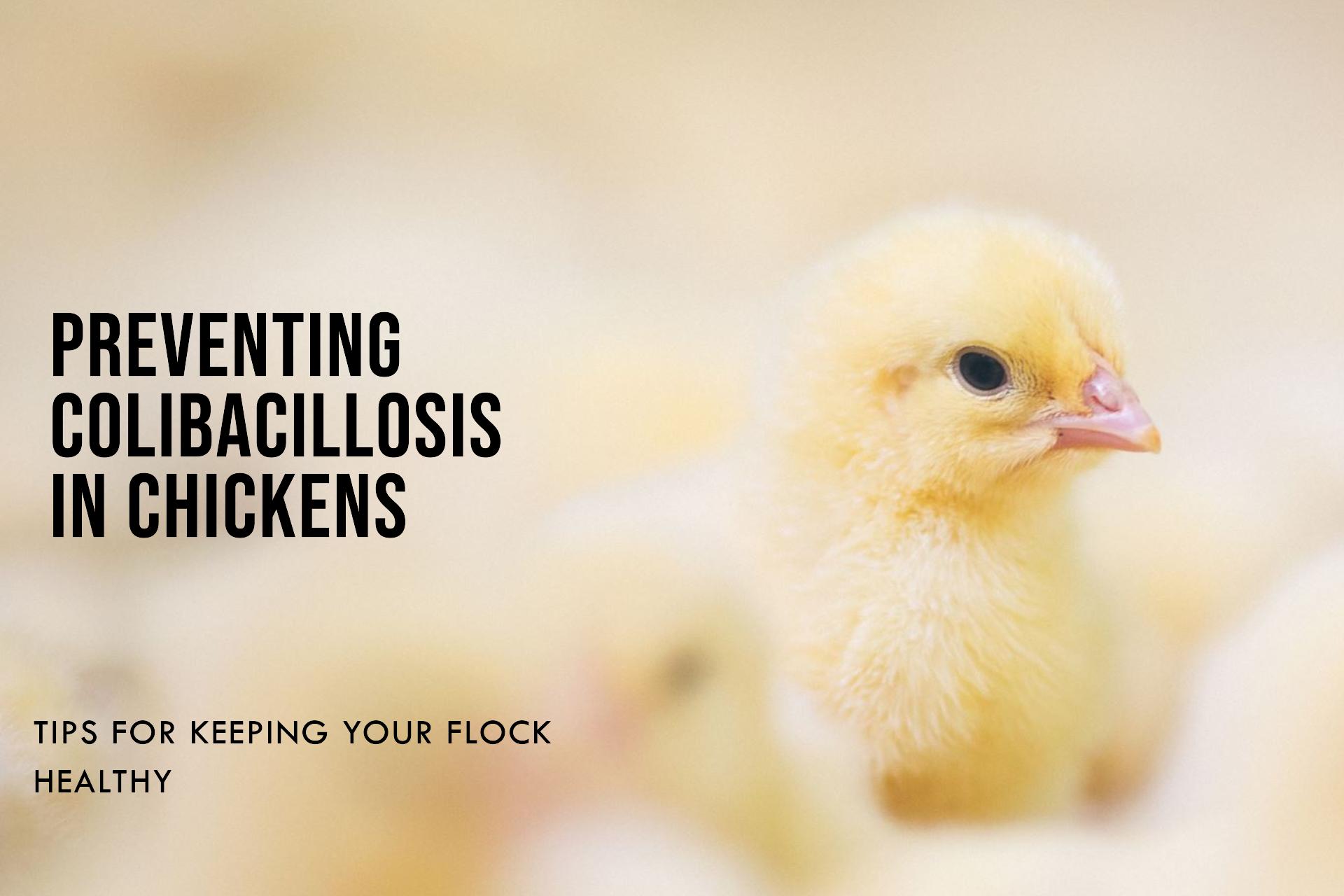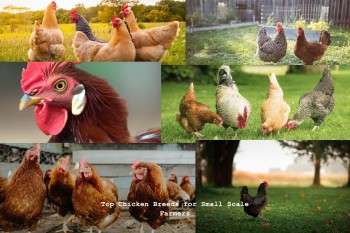Colibacillosis: Understanding and Managing a
Common Poultry Disease 🐔💉
Colibacillosis is a
significant and economically impactful disease in the poultry industry,
occurring worldwide in various forms. This disease can manifest as an acute
fatal septicemia or a subacute condition such as airsacculitis. Given its
global prevalence and economic impact, understanding colibacillosis is crucial
for effective management and prevention in poultry farming.
Etiology: The Culprit Behind Colibacillosis 🔬
Colibacillosis is
caused by the bacterium Escherichia coli, a gram-negative, motile coliform belonging to the family
Enterobacteriaceae. The most common avian pathogenic E. coli (APEC) strains belong to the O1, O2, and O78
serogroups. These bacteria are normally found in the intestines of poultry and
most other animals, making them ubiquitous in environments where poultry are
raised.
Epidemiology: The Spread of Colibacillosis 🌍
E.
coli thrives in
environments with high fecal contamination, making poultry houses a prime
breeding ground. Several environmental factors contribute to the spread of
colibacillosis, including high humidity, poor air quality, elevated ammonia
levels, and dust. Additionally, the stress caused by other diseases such as
Infectious Bronchitis Virus (IBV), Newcastle Disease Virus (NDV), and Mycoplasma
infections can predispose birds to systemic E. coli infections.
Transmission: How Colibacillosis Spreads 🚜
The transmission of
colibacillosis occurs both horizontally and vertically. Horizontal transmission
happens through fecal contamination and can penetrate the eggshell during
incubation. Vertical transmission occurs when infected hens pass the bacteria
to their eggs. Systemic infections often begin when large numbers of APEC
invade the bloodstream from the respiratory or gastrointestinal tracts. Young
birds are particularly susceptible, especially through unhealed navels.
Clinical Signs and Lesions: Identifying
Colibacillosis 🐤
The clinical signs of
colibacillosis vary widely depending on the age of the birds, the systems or
organs involved, and any concurrent infections. Key manifestations include:
·
Respiratory Signs: Airsacculitis often occurs alongside Mycoplasma or viral
infections. The severity of Mycoplasma infections increases significantly in
the presence of E. coli.
·
Gastrointestinal Symptoms: Enteritis is common in turkeys and is usually primary but can
be exacerbated by contaminated feed, water, or crowding.
·
Omphalitis:
Also known as "navel ill," this condition is due to egg transmission
and contamination. It's a major issue in chick quality, leading to early chick
mortality.
·
Colisepticaemia: When E. coli
reaches the bloodstream, it can infect internal organs and the heart,
occasionally leading to synovitis and osteomyelitis.
·
Coligranuloma: Characterized by nodular lesions in the liver, intestine, and
uterus, this condition is most common in layers.
·
Reproductive Issues: Salpingitis and egg yolk peritonitis result from ascending
infections, leading to significant reproductive complications and decreased egg
production.
Diagnosis: Confirming Colibacillosis 🧪
Diagnosing
colibacillosis involves a combination of history, clinical signs, and lesions.
Confirmation typically requires isolating and identifying the bacterium from
cardiac blood, liver, or typical visceral lesions using selective media like
MacConkey's agar. Advanced diagnostic methods include multiplex PCR panels to
identify plasmid-mediated virulence genes and establishing pathogenicity.
Differential diagnoses to consider include mycoplasmosis, Newcastle disease,
infectious bronchitis, fowl cholera, staphylococcal infection, salmonella, and
erysipelas.
Treatment: Managing Colibacillosis 🩺
Effective treatment
strategies for colibacillosis should focus on controlling predisposing
infections and environmental factors. However, E. coli exhibits resistance to many drugs available
for poultry. Approximately 90% of clinical isolates are resistant to
tetracycline, with 60% resistant to five or more antibiotics. Nevertheless,
therapeutic success can sometimes be achieved with higher antibiotics, though
the use of fluoroquinolones is banned in many countries, including the USA.
Medication Regimen:
·
Neomycin:
1g/L of drinking water for 5 days, combined with an acidifier at 1 ml/3 L of
drinking water.
·
Tetracycline:
100g/ton of feed or chlortetracycline at 500mg/gal of water for 5 days.
Prevention and Control: Keeping Colibacillosis
at Bay 🚧
Preventing
colibacillosis hinges on good management and sanitation practices. Key measures
include:
·
Sanitation:
Maintain cleanliness in poultry houses to reduce fecal contamination.
·
Stress Reduction: Minimize stress factors such as poor ventilation, high
density, dust, and ammonia levels.
·
Vaccination:
Use commercial inactivated vaccines against serotypes O2:K1 and O78, or
autogenous bacterins for specific serotype protection. A multivalent vaccine
containing pili proteins can also reduce infection severity.
·
Breeding Practices: Source new birds from well-managed breeding flocks and
hatcheries to ensure they are free from colibacillosis.
Conclusion: A Proactive Approach to
Colibacillosis 🏅
Understanding the
etiology, epidemiology, transmission, clinical signs, diagnosis, treatment, and
prevention of colibacillosis is crucial for effective poultry management. By
implementing rigorous biosecurity measures and staying informed about the
latest treatment protocols, poultry farmers can mitigate the impact of this
pervasive disease and ensure the health and productivity of their flocks.
Stay
connected with us for more insights on poultry health:
·
Facebook:
BDVets
·
YouTube:
BDVets
·
Siteliv:
BDVets
For more detailed information on managing
colibacillosis and other poultry diseases, visit our blog at BDVets Blog.

















